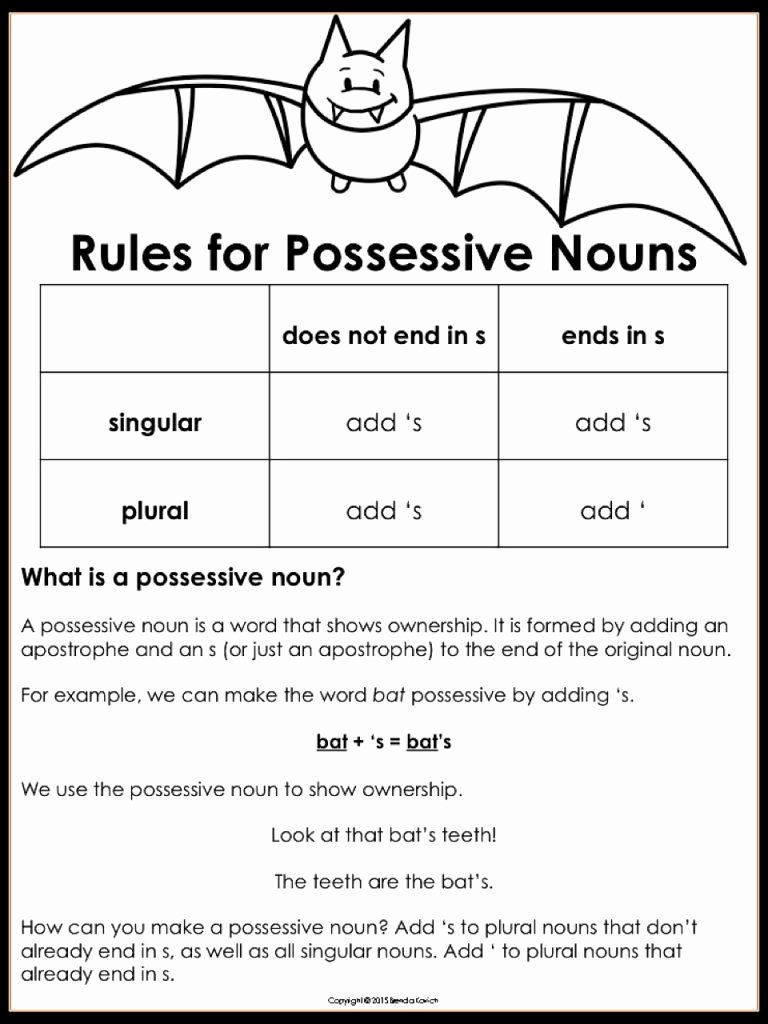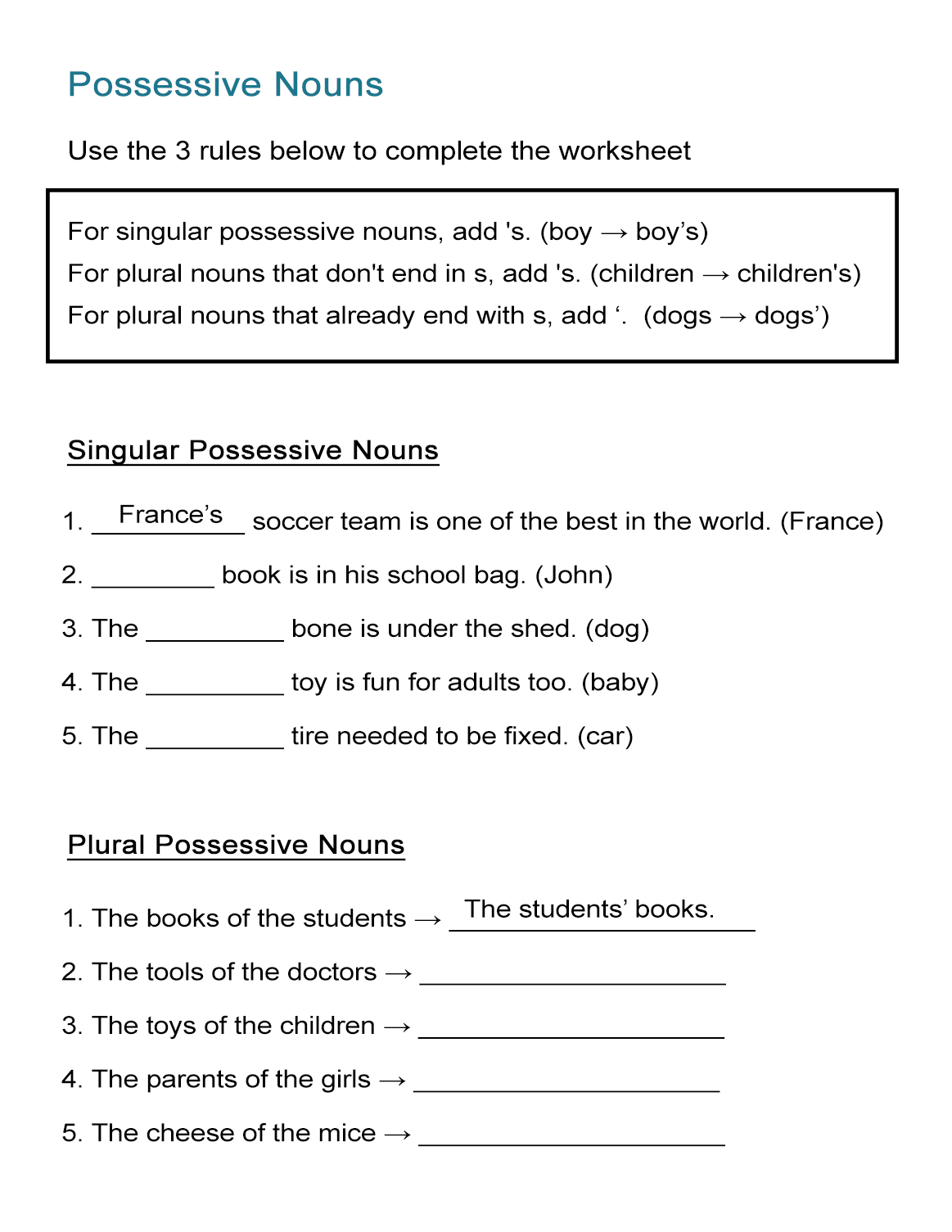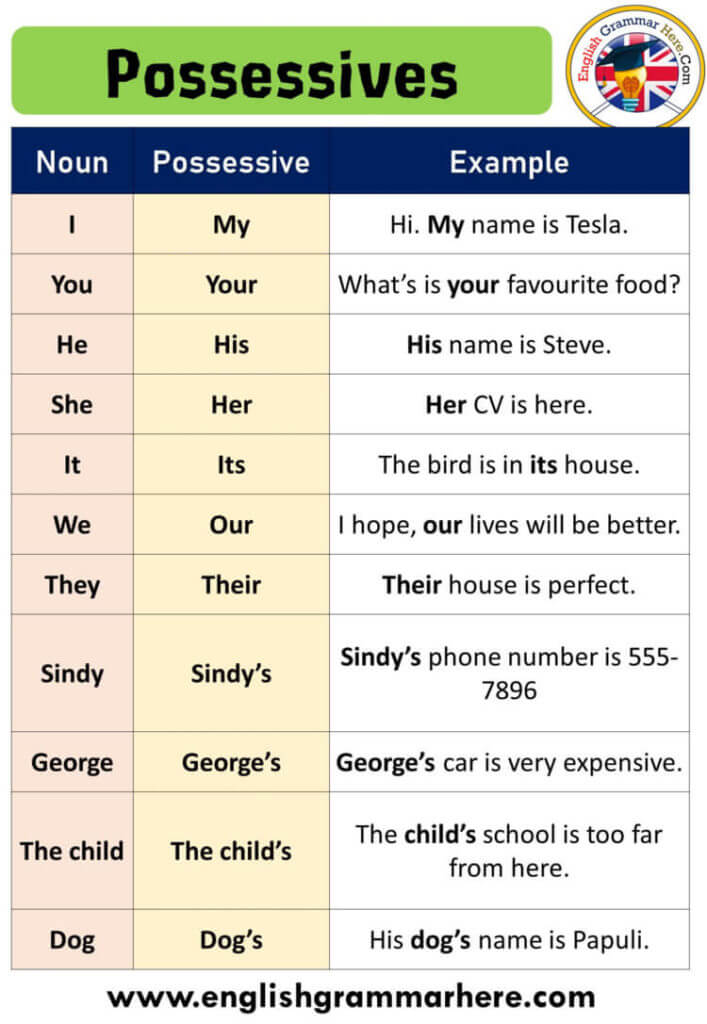

A possessive used in this way is called a substantive possessive pronoun, a possessive pronoun or an absolute pronoun. Without an accompanying noun, as in mine is red, I prefer yours, this book is his.Here the possessive form serves as a possessive determiner. Together with a noun, as in my car, your sisters, his boss.There are two main ways in which these can be used (and a variety of terminologies for each): Most European languages feature possessive forms associated with personal pronouns, like the English my, mine, your, yours, his and so on. This can include strict ownership, or a number of other types of relation to a greater or lesser degree analogous to it. For other uses, see Possessive (disambiguation).Ī possessive or ktetic form ( abbreviated POS or POSS from Latin: possessivus Ancient Greek: κτητικός, romanized: ktētikós) is a word or grammatical construction used to indicate a relationship of possession in a broad sense. For the 2017 Indonesian drama film, see Posesif. Their new house was twice the size of the last one.For possessives in English, see English possessive. I didn't recognize my own voice on the recording.Įveryone can visit our lake cabin in the summer. The bird loved its new house high up in the tree.

Gavin invited the entire class to swim in his pool. Her idea of a good time includes curling up with a good book. Those are all Dakota’s, and those over there are yours.ĭependent possessive pronoun example sentences: Our team luckily beat theirs this weekend. While the computer was initially mine, I gave it to Jordan. Simon thought he grabbed his lunch, but he didn't. The following identify examples of independent and dependent possessive pronouns. Its purpose is to show ownership between a person and the noun placed after the pronoun.ĭependent possessive pronouns include the following: Unlike their independent counterpart, dependent possessive pronouns are placed before the noun, as they function as adjectives. Independent possessive pronouns include the following:ĭependent possessive pronouns (also known as possessive determiners, possessive adjectives, and weak possessive pronouns) also replace nouns and indicate ownership or a relationship. Since they reference an already identified noun, independent possessive pronouns typically are positioned toward the end of a sentence or clause. Independent possessive pronouns (hers, his, mine) are positioned after a noun in a sentence or clause, whereas dependent pronouns (her, my, our) are placed before a noun. Independent possessive pronouns, also known as absolute possessive pronouns, reference an established noun (antecedent) within a sentence.

"It's" is not a possessive pronoun it is the contraction form of "it is." What is a possessive pronoun Independent possessive pronouns


 0 kommentar(er)
0 kommentar(er)
